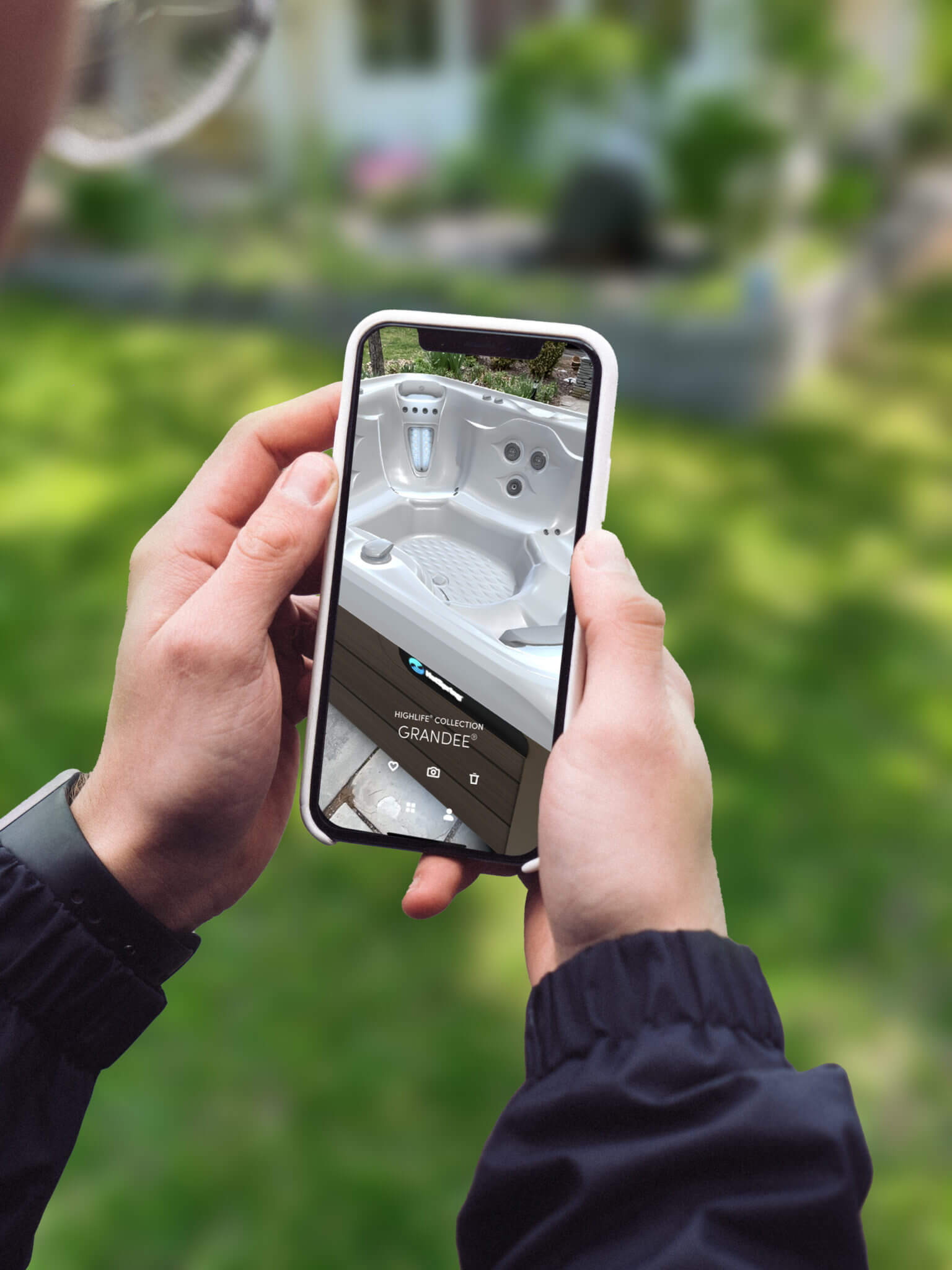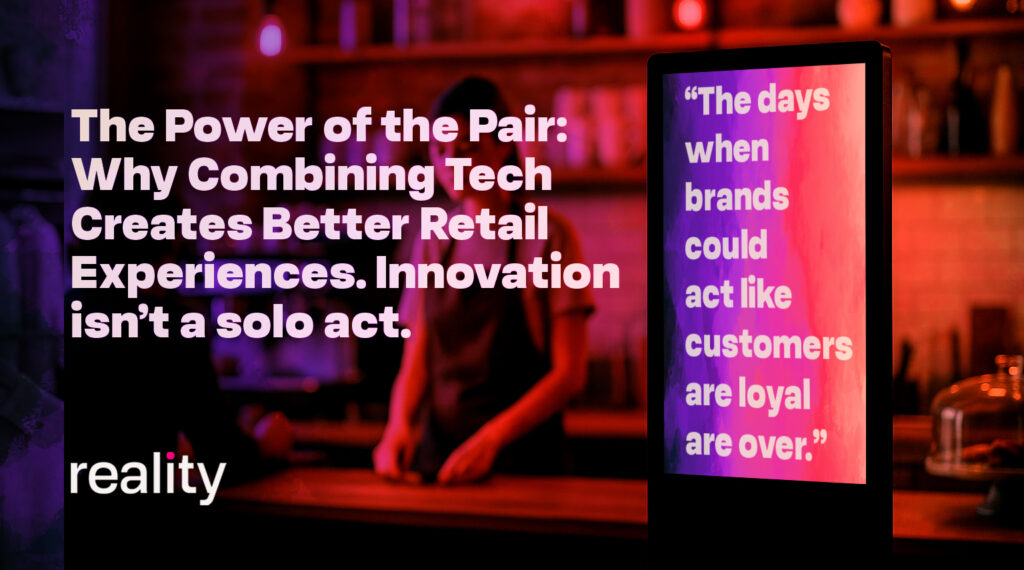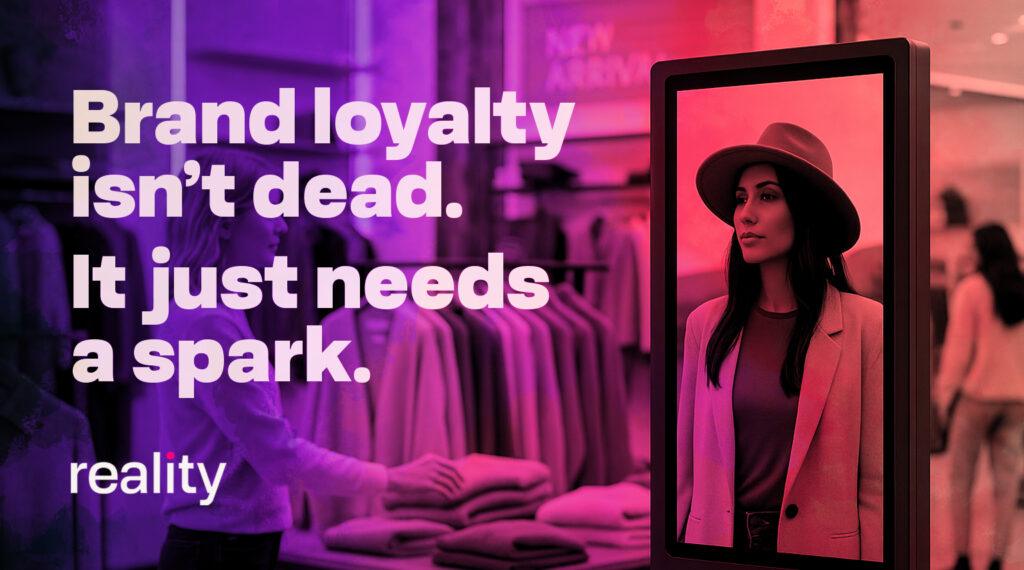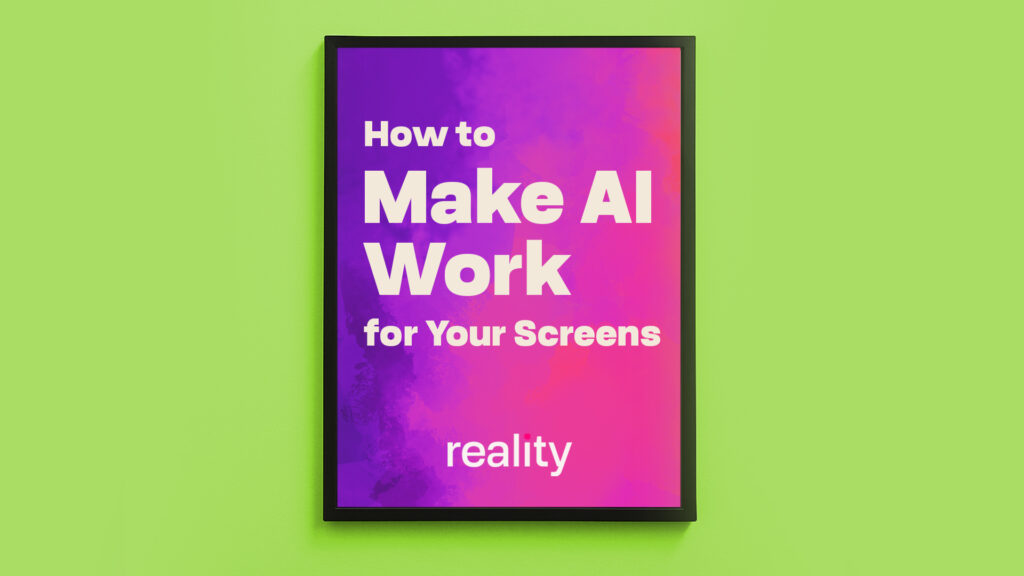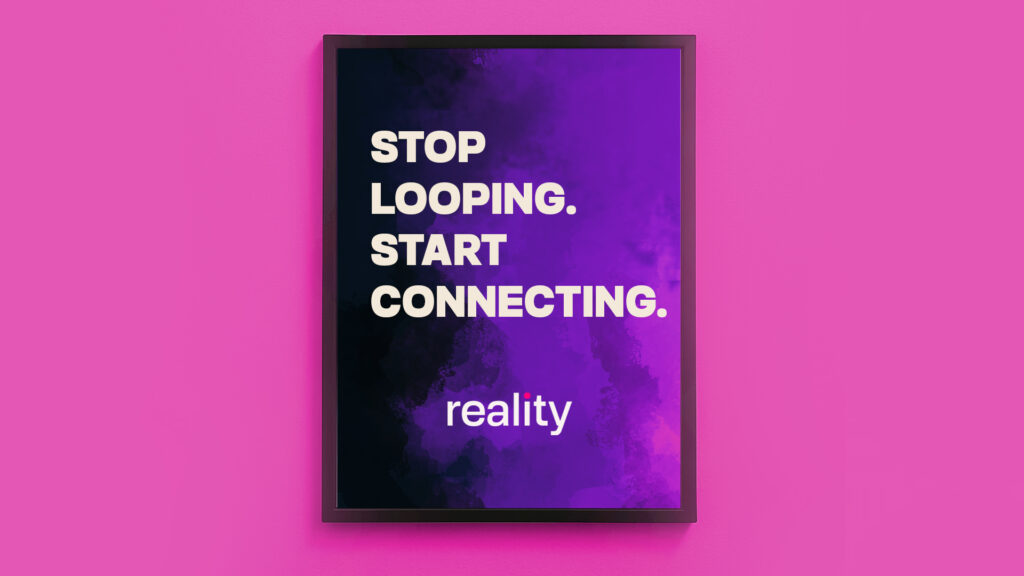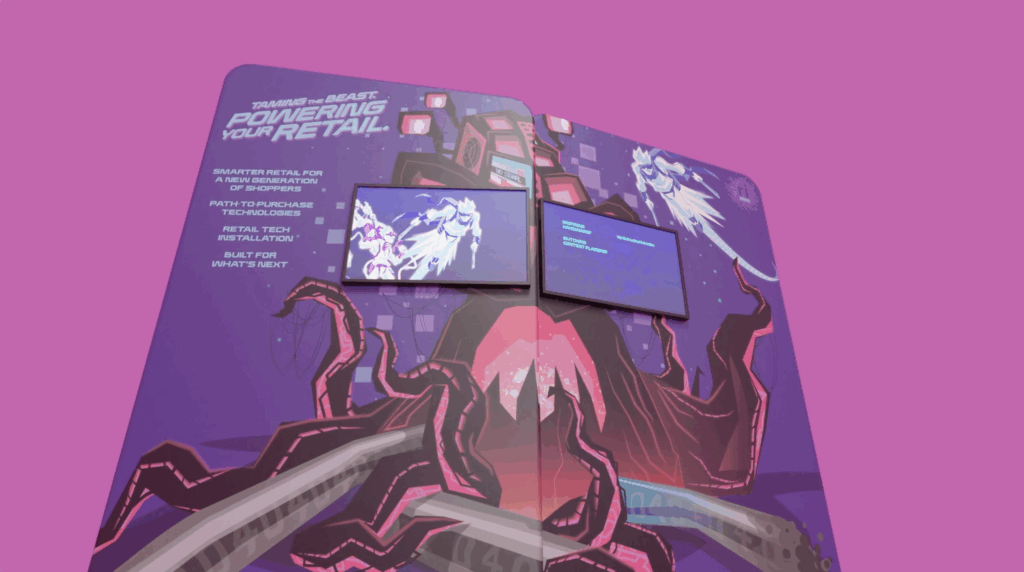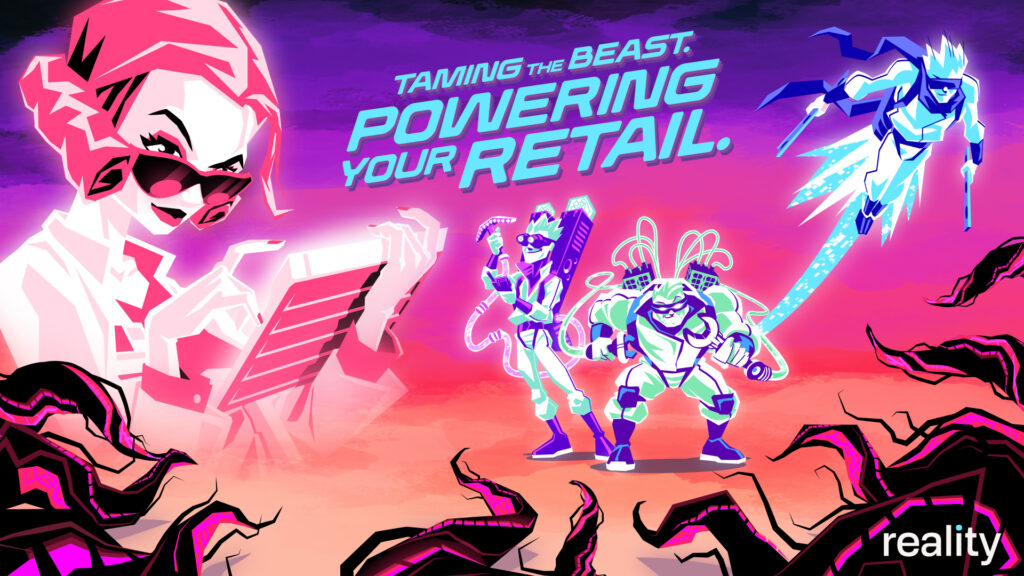You’ve probably heard a lot about Augmented Reality over the last year – but have you ever wondered what it really is?
Augmented Reality allows you to see a computer-generated, digital asset on top of the real world around you. This gives the illusion that the digital asset is actually in the room with you. Unlike VR, which has its own digital environment, AR uses your physical environment around you.
AR is really nothing new, you have probably used AR before without even knowing it. Snapchat and Instagram filters have had digital overlays for years. Now we’re seeing an increase in the adoption of AR for retail experiences, with benefits for both the consumer and brands.
Augmented Reality can be used for an array of experiences, from adding a layer of fun and engagement to your digital experiences to interacting practically with items in 3D allowing users to really dive into the product. AR is not just a marketing gimmick it has real tangible benefits and customers now look for and expect AR when shopping for products online. In fact, more than 90% of Americans currently use, or would consider using AR when shopping. AR has also been solving the issues of lack of inventory within retail. Instead of needing physical inventory on the floor, let your customers interact with multiple models using AR. Showcasing all available products while also freeing up showroom space.
Here are some examples of AR across different industries
- Customize your dream spa from Hot Spring and place it right in your backyard
- Project a 3D organ to aid in surgeries
- Make learning more engaging with 3D models in the classroom
- Make history come to life in museums and at historical sights
- Provide step by step instructions on how to build furniture
Augmented Reality is a must for businesses in 2022. Read more here about how (and why) AR is solving today’s retail challenges.
